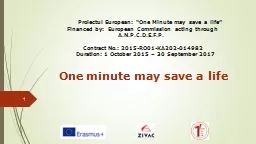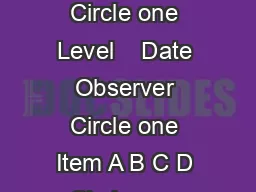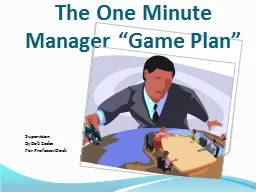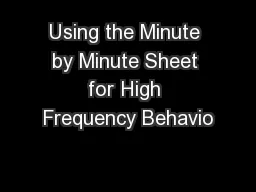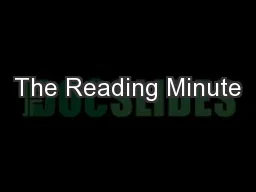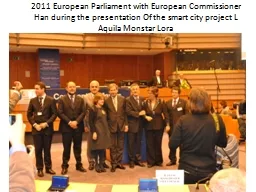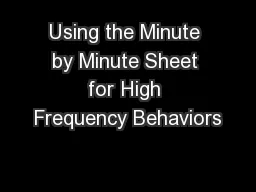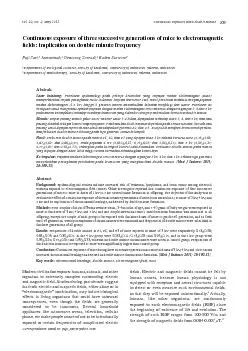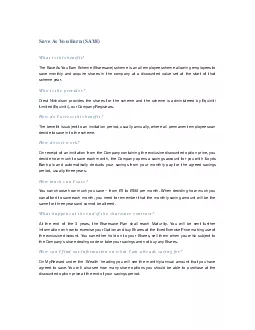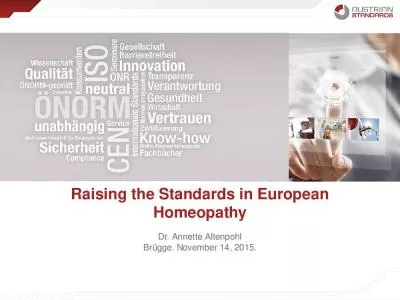PPT-Proiectul European: “One Minute may save a life”
Author : nephewhers | Published Date : 2020-10-22
Financed by European Commission acting through ANPCDEFP Contract No 2015RO01KA202014982 Duration 1 October 2015 30 September 2017
Presentation Embed Code
Download Presentation
Download Presentation The PPT/PDF document "Proiectul European: “One Minute may sa..." is the property of its rightful owner. Permission is granted to download and print the materials on this website for personal, non-commercial use only, and to display it on your personal computer provided you do not modify the materials and that you retain all copyright notices contained in the materials. By downloading content from our website, you accept the terms of this agreement.
Proiectul European: “One Minute may save a life”: Transcript
Download Rules Of Document
"Proiectul European: “One Minute may save a life”"The content belongs to its owner. You may download and print it for personal use, without modification, and keep all copyright notices. By downloading, you agree to these terms.
Related Documents

